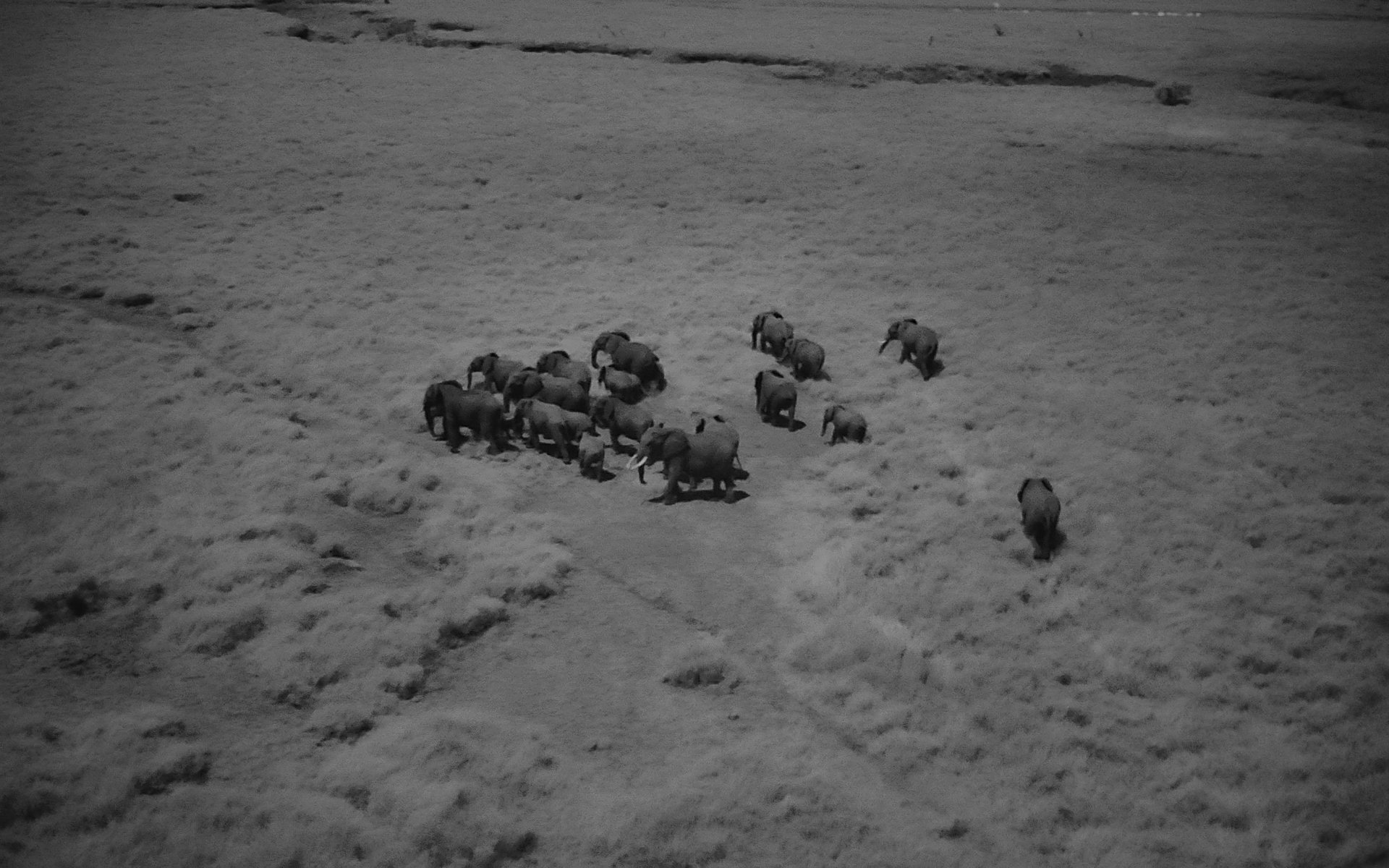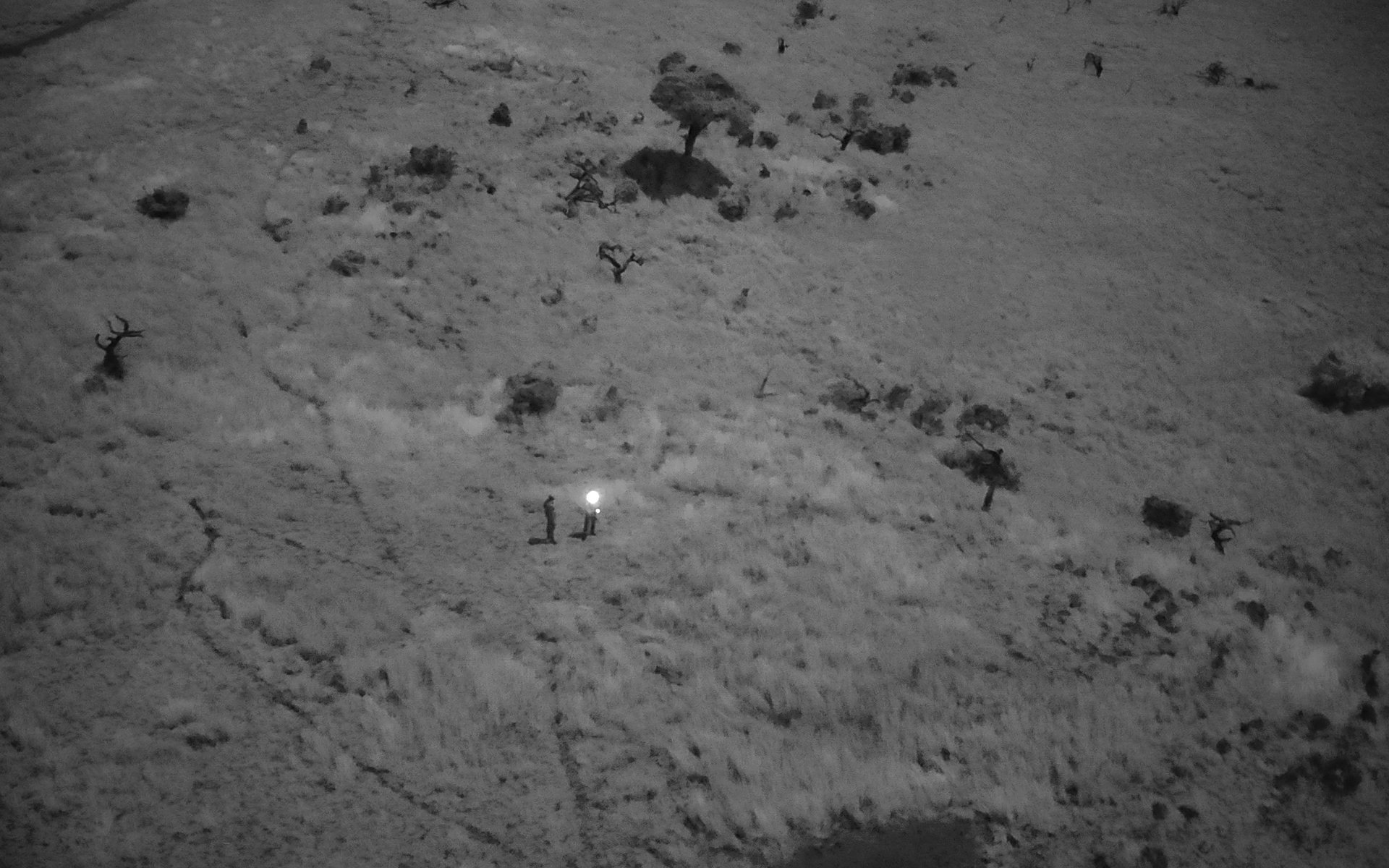Case Study: Transforming Conservation with EVO Max 4N
How Drones Revolutionised Conservation Efforts in East Africa
The Greater Maasai Mara ecosystem has long faced significant challenges, from rising human-elephant conflicts to the persistent threat of poaching. Historically, conservationists relied on traditional tools such as bangers, bees, chilli powder fences, and even helicopters to manage these issues. However, these methods often proved expensive, labour-intensive, and limited in effectiveness—particularly given the vast and remote landscapes of East Africa.
To address these challenges, conservation teams embraced drone technology, evolving their approaches to leverage the capabilities of this cutting-edge equipment. Among the transformative solutions, drones from Autel Robotics have emerged as key tools in revolutionising conservation efforts.
Challenges Before Drone Integration
Between 2013 and 2017, conservationists faced increasingly complex issues. Poaching for ivory and rhino horn reached critical levels in Kenya, and limited resources meant monitoring hotspots or responding to wildlife conflicts was a daunting task. Helicopters, though effective, were costly and logistically challenging, while existing surveillance technologies lacked the sophistication needed for night operations.
To compound the problem, Kenya’s formal Unmanned Aircraft System (UAS) regulations were only introduced in 2020. Before this, conservation teams operated under special permits, requiring exhaustive compliance processes. Importing drones also involved navigating approvals from multiple security agencies, creating further delays and complications.
The Turning Point: Discovering Drone Technology
In 2012, conservationists began experimenting with recreational drones and quickly recognised their potential. For example, elephants were notably deterred by the buzzing sound of drones, reminiscent of swarming bees—an effective solution for managing human-elephant conflicts. As drone technology advanced, teams adopted more sophisticated platforms, such as the DJI Phantom and Mavic Enterprise series, equipped with thermal sensors for night-time monitoring.
By 2024, over 80 rangers had been trained in drone operations, enabling applications ranging from bushmeat poaching prevention to night operations. However, the demand for even more advanced and versatile equipment led to the adoption of Autel Robotics drones, particularly the Autel EVO Max 4N.
Why Autel Robotics?
Autel Robotics drones have brought unparalleled advantages to conservation efforts:
· Night Operations: The Autel Evo Max 4N’s Starlight Sensor and thermal imaging capabilities significantly improve nocturnal surveillance, allowing teams to detect wildlife and illegal activities even in complete darkness.
· Extended Flight Time: Longer flight endurance enables broader coverage of remote areas without frequent redeployment.
· Open Platform Integration: Autel’s open platform interface allows for potential integration with tools such as EarthRanger, facilitating real-time data aggregation and analytics.
· Regulatory Advantages: Unlike some competitors, Autel drones operate with fewer restrictions in controlled airspaces, ensuring consistent monitoring in regulated zones, due their reliability and proven capabilities.
· Durability and Adaptability: Built to withstand harsh conditions, Autel drones perform exceptionally well in East Africa’s rugged environments, from dense bushlands to arid savannahs.

These features have made the Autel Evo Max 4N the ideal choice for conservation teams scaling operations, particularly for night-time tracking, anti-poaching missions, and human-wildlife conflict management.
New Methodologies with Drones
Today, drones are central to conservation strategies across the Greater Maasai Mara and beyond. Key applications include:
1. Human-Wildlife Conflict Mitigation: Using drones to deter elephants and other wildlife from encroaching on human settlements.
2. Surveillance and Scouting: Providing aerial views for identifying poaching threats and forward planning.
3. Night Operations: Leveraging thermal and starlight sensors for efficient nocturnal monitoring.
4. Bushmeat Poaching Prevention: Monitoring smaller plains animals, increasingly targeted due to rising unemployment.
5. Carbon Monitoring: Utilising drone data for environmental assessments, such as carbon footprint tracking.
Measurable Impact
The integration of drones, particularly the Autel Evo Max 4N, has delivered significant, tangible benefits:
· Cost Efficiency: Reduced reliance on helicopters for wildlife management has generated substantial savings.
· Enhanced Coverage: Broader surveillance capabilities have enabled faster response times with fewer personnel.
· Improved Night Operations: Advanced sensors have revolutionised nocturnal conservation tasks.
· Scalable Solutions: Training over 80 rangers has empowered teams to expand conservation efforts across larger regions.

Scaling Conservation Across Africa
Drones have become an indispensable tools in tackling conservation challenges, with Autel Robotics leading the charge. Beyond the Maasai Mara, these tools are being deployed in Tanzania, where partnerships with governmental and private sectors are helping to mitigate human-elephant conflicts and address broader ecological concerns.
Future initiatives include integrating drones into carbon monitoring and data acquisition for sustainability projects. Continued collaboration with Autel Robotics and other partners will ensure robust support, seamless integration, and innovation tailored to Africa’s unique conservation landscape.
Conclusion
Autel Robotics drones are transforming conservation, providing cost-effective, scalable, and innovative solutions to some of East Africa’s most pressing challenges. From managing human-wildlife conflicts to preventing poaching, these advanced tools are reshaping the future of conservation—one flight at a time.
Thank you to all participants.
Export Drones Africa:
https://www.instagram.com/expertdronesafrica/
https://www.facebook.com/EDEAKE/
https://www.linkedin.com/company/expertdronesafrica/
Marael Elephant Project:
https://www.instagram.com/maraelephantproject/?hl=en
https://www.facebook.com/MaraElephantProject/
https://www.linkedin.com/company/mara-elephant-project/posts/?feedView=all
Northern Rangelands Trust:
https://www.instagram.com/nrt_kenya/
https://www.facebook.com/@NorthernRangelandsTrust/
https://www.linkedin.com/company/nrt-kenya/posts/?feedView=all
Article by Autel Robotics all rights reserved.
